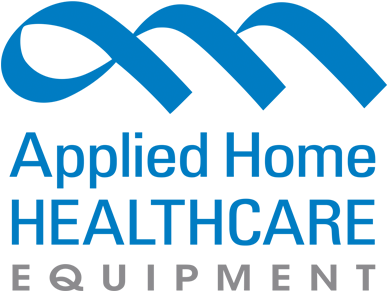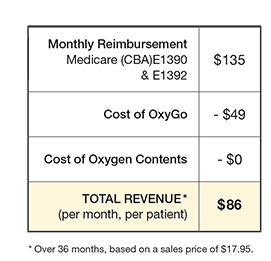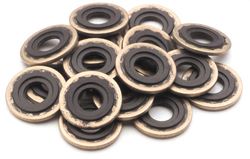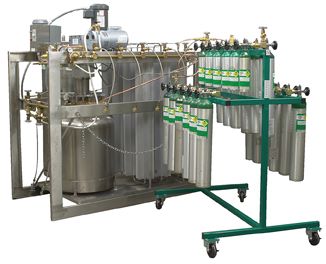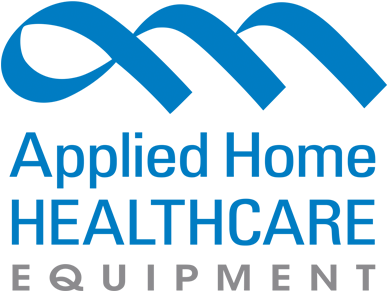PRODUCT CATEGORIES
CLASSES/REGISTRATION
WHAT'S YOUR ROLE?
Latest News
Month: December 2014
Stopping Patient Cannula Fires
In addition to proper education Applied recommends providing patients with a thermal shut off device, such as Applied OxySafe, as part of regular patient set ups in order to protect against further damage from a tubing
OxyGo is a New Portable Oxygen Concentrator from Applied
New OxyGo from Applied is a Portable Oxygen Concentrator designed for use all day, every day at home or away. OxyGo has clinical studies showing that it can be used at night time, which allows you to bill for both a POC and Stationary
Filling parts and accessories approved by the FDA
The FDA requires specific filling parts and accessories to be FDA approved for safety and identity. Check our list to make sure you are FDA
Applied Cost Reduction Program
DME companies can reduce costs by 25% by filling their own cylinders with an Applied oxygen transfilling
Subscribe to our Newsletter
Get the latest regulatory info, accreditation news and exclusive discounts!
 View Cart []
View Cart []